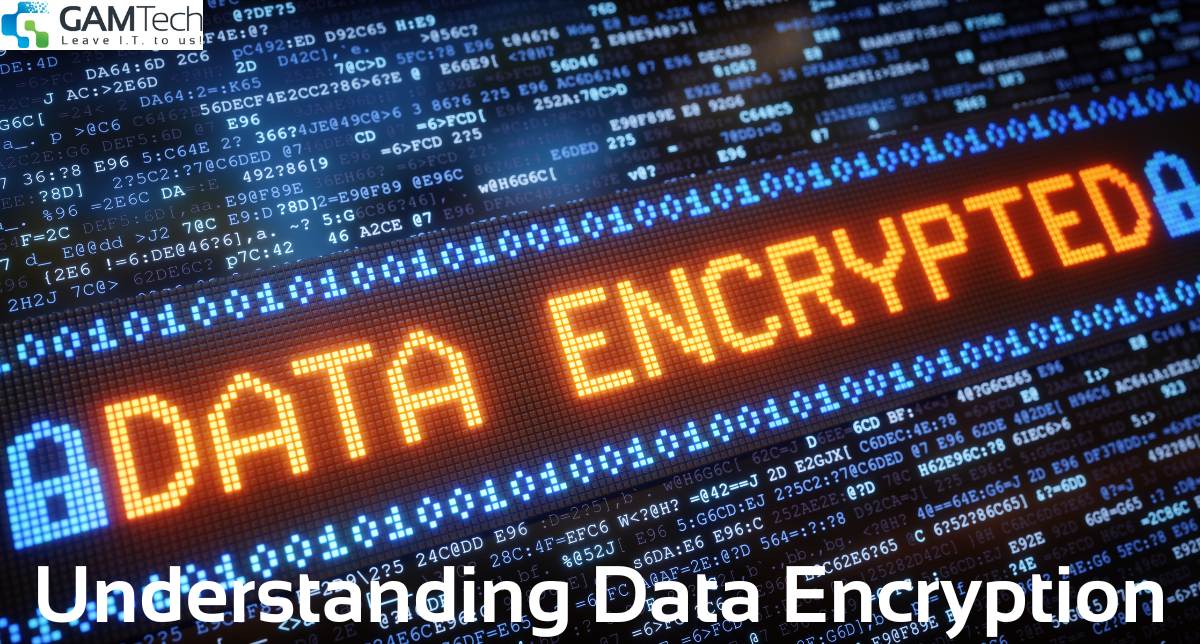The Role of Data Encryption
From customer information, login credentials, to financial records, data management is a crucial element of running your business. You want...
2 min read
 Adrian Ghira
:
Feb 12, 2024 10:26:00 AM
Adrian Ghira
:
Feb 12, 2024 10:26:00 AM

In today's digital landscape, data security is paramount. Understanding the basics of data encryption is crucial for safeguarding sensitive information within any organization. Encryption plays a pivotal role in protecting data from unauthorized access, ensuring confidentiality, integrity, and authenticity.
1. Symmetric Encryption: Symmetric encryption employs a single key for both encryption and decryption processes. This method is fast and efficient, making it suitable for encrypting large volumes of data. However, securely sharing the key between parties can be a challenge. Examples of symmetric encryption algorithms include Advanced Encryption Standard (AES) and Data Encryption Standard (DES).
2. Asymmetric Encryption (Public-Key Encryption): Asymmetric encryption uses two different keys - a public key for encryption and a private key for decryption. This method enables secure communication without the need to exchange keys beforehand, enhancing security. Public-key cryptography algorithms like RSA and Elliptic Curve Cryptography (ECC) are commonly used for asymmetric encryption.
3. Hashing: Hashing converts data into a fixed-size string of characters, known as a hash value. It's commonly used for data integrity verification, password storage, and digital signatures. Unlike encryption, hashing cannot be reversed to obtain the original data. Popular hashing algorithms include SHA-256 and MD5.
4. Transport Layer Security (TLS): TLS provides secure communication over a network by encrypting data during transmission. It ensures confidentiality and integrity of data exchanged over the internet, protecting against eavesdropping and tampering. TLS utilizes a combination of symmetric and asymmetric encryption algorithms, along with digital certificates for authentication.
5. Data-at-Rest Encryption: Data-at-rest encryption focuses on encrypting data stored on physical or digital storage devices, such as hard drives, databases, and cloud storage. It protects data from unauthorized access in case of theft or loss, ensuring data remains secure even if the storage device is compromised. Technologies like BitLocker and FileVault are commonly used for data-at-rest encryption.
6. End-to-End Encryption (E2EE): E2EE encrypts data on the sender's device and decrypts it only on the recipient's device, ensuring no intermediary can access the plaintext data during transmission. It's widely used in messaging apps, email services, and file-sharing platforms to protect user privacy and confidentiality.
Implementing robust encryption strategies tailored to specific organizational needs is essential for enhancing data security posture and maintaining regulatory compliance. By understanding the different types of data encryption technologies and approaches, organizations can mitigate security risks and safeguard sensitive information against unauthorized access and cyber threats. Encryption is a critical tool in today's dynamic threat landscape, and a multi-layered approach is key to ensuring comprehensive data protection.
At GAM Tech, we understand that cybercrime isn't a matter of "if," but "when." Safeguard your business against debilitating cyber attacks by partnering with a dependable and accountable Managed IT Services provider. Our team ensures reliable and responsible protection at an affordable cost. Schedule your consultation today and fortify your defenses against cyber threats.

From customer information, login credentials, to financial records, data management is a crucial element of running your business. You want...

As more businesses move their operations and data into the cloud, cybersecurity has had to evolve. That’s where cloud security comes in. But what is...

Network security is the practice of protecting computer networks from unauthorized access, cyber threats, and data breaches through a combination of...